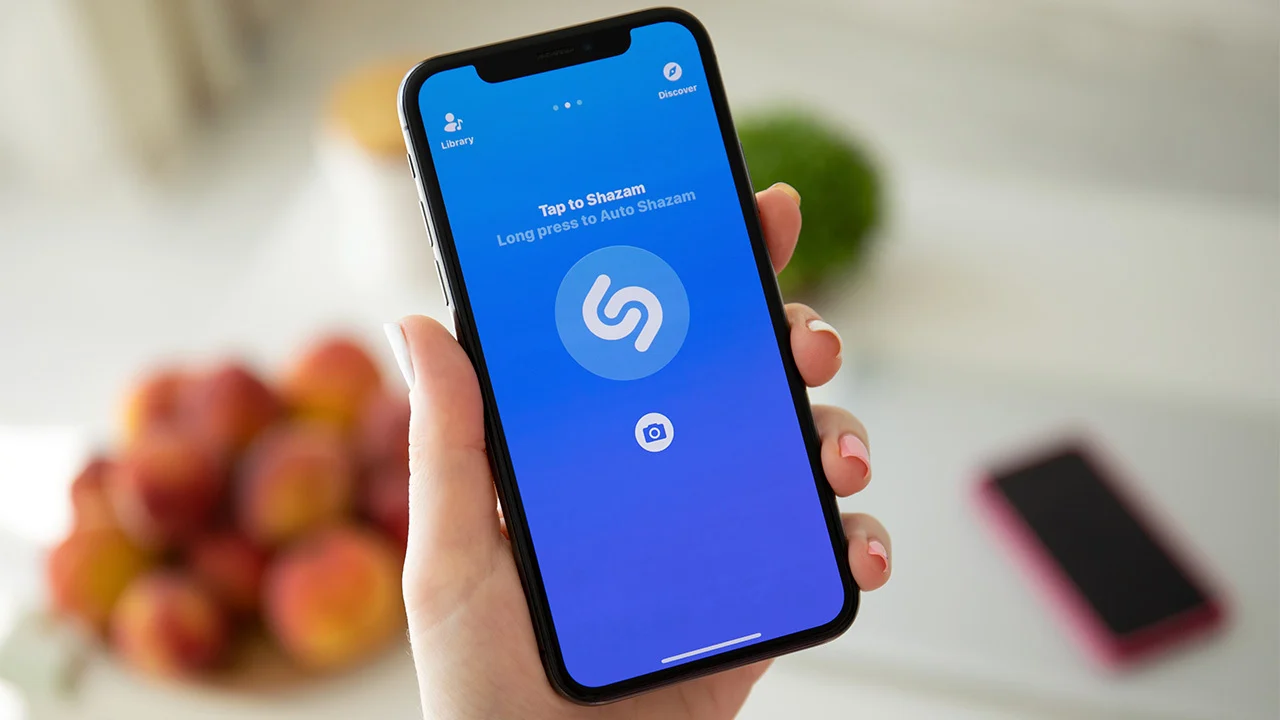Big things are happening in the Apple world! Recently, Best Buy kicked off the first discount on the new M3 iPad Air. This tablet comes with a powerful chip, a sleek design, and now a lower price, making it a great time to grab one if you’ve been thinking about upgrading your tech.
Meanwhile, Apple has decided to stop selling the older M2 and M3 MacBook Air models. They’re clearing the way for newer stuff, so if you loved those laptops, they won’t be around much longer. On the flip side, Apple just launched a fresh MacBook Air with the M4 chip and a cool sky-blue color. It’s fast, stylish, and perfect for anyone wanting a modern laptop.
That’s not all—Apple also unveiled the M3 Ultra chip, a super-strong processor for heavy tasks like video editing or gaming. This new chip is powering the updated Mac Studio, which also offers an M4 Max option. These machines are built for people who need top performance, whether for work or creative projects.
In other news, Qualcomm, a big tech company, bragged that its X85 modem beats Apple’s tech in speed and power. This could mean tougher competition for Apple’s devices down the road, especially for things like Internet speed on phones and tablets.
From discounts to brand-new gadgets, Apple is keeping things exciting. Whether you’re after a deal on the M3 iPad Air or eyeing the shiny new MacBook Air in sky blue, there’s something for everyone. Plus, with the M3 Ultra and Mac Studio upgrades, power users have plenty to cheer about. Stay tuned—Apple’s not slowing down anytime soon!






